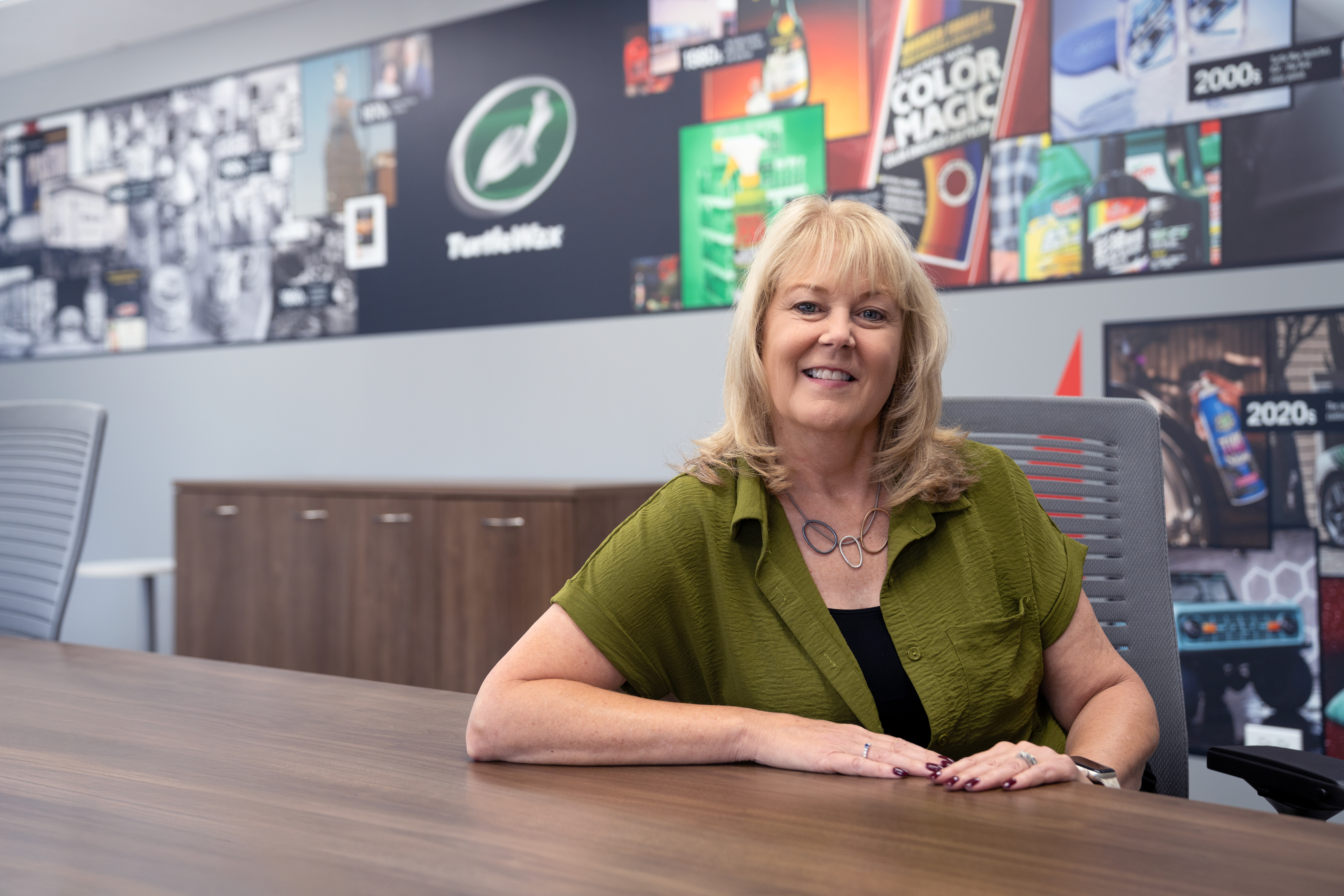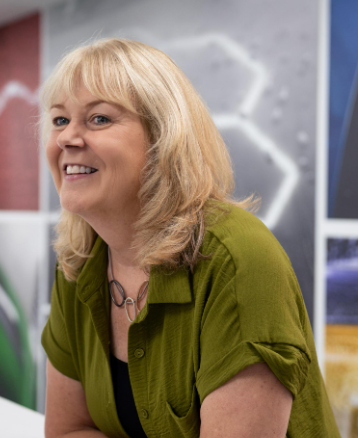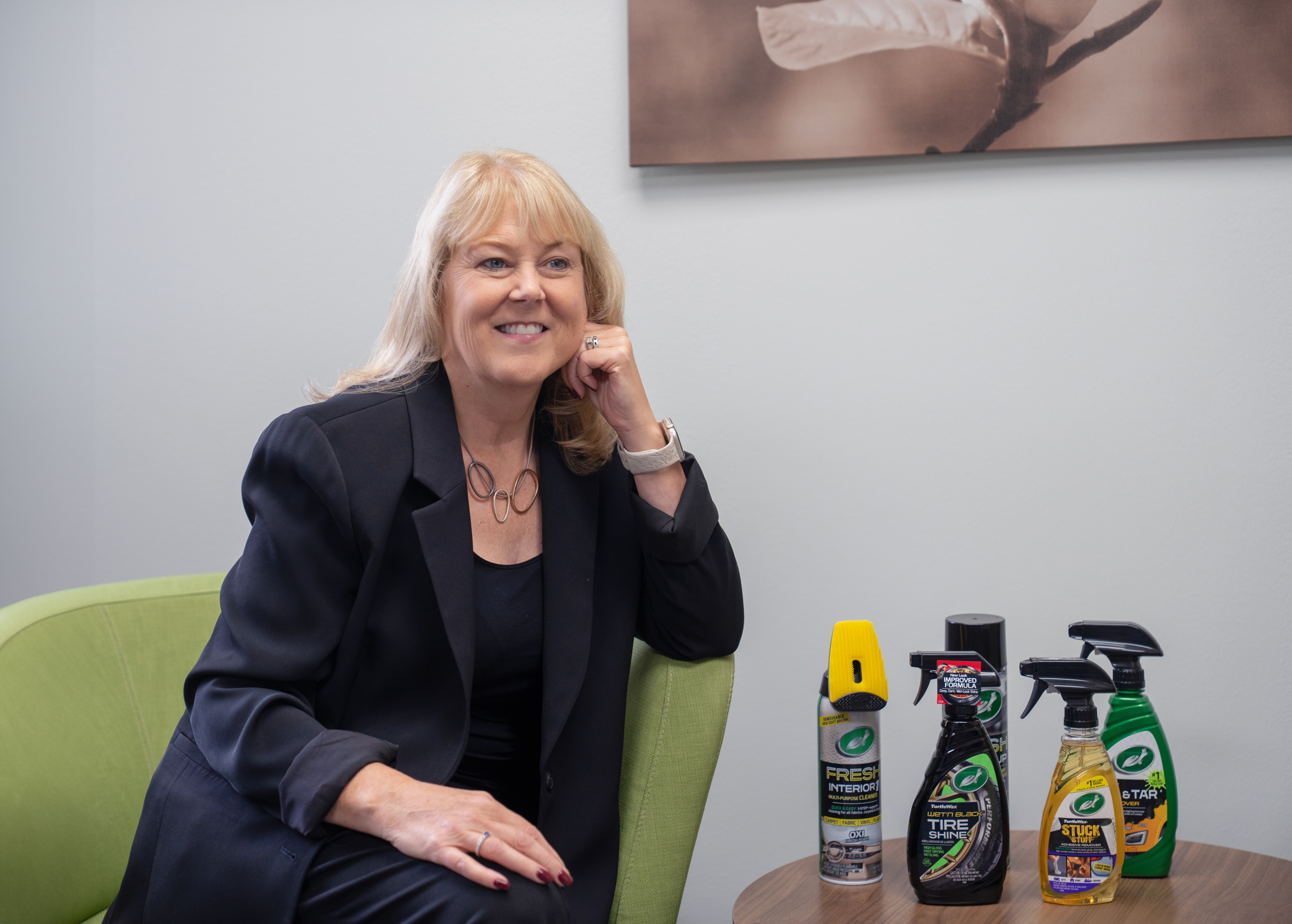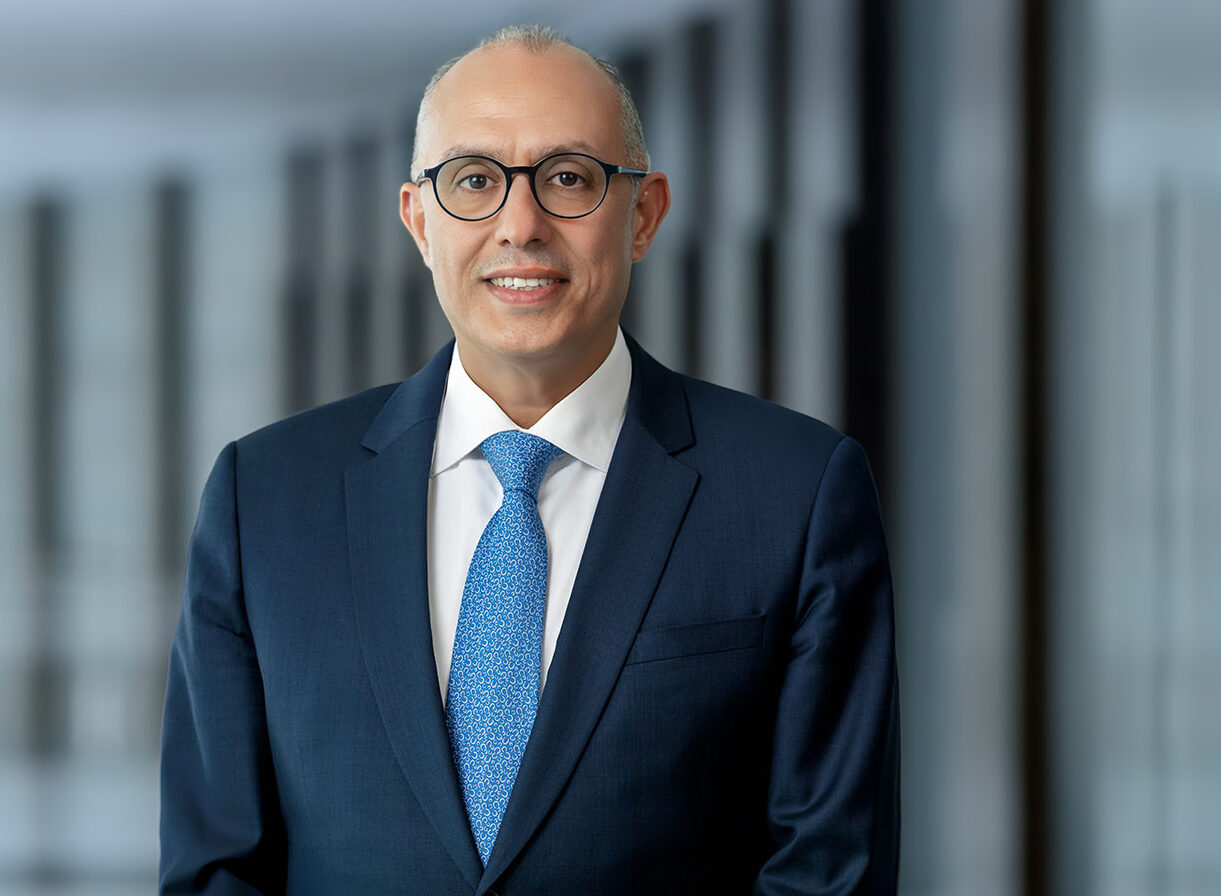In his seminal book Outliers: The Story of Success, author Malcom Gladwell waxes poetic on the topic of legacies. “Legacies are powerful forces,” he writes. “They have deep roots and long lives. They persist, generation after generation, virtually intact, even as the economic and social and demographic conditions that spawned them have vanished, and they play such a role in directing attitudes and behavior that we cannot make sense of our world without them.”

In the world of consumer-packaged goods, legacy is often a double-edged sword. History can be an anchor, a weight that slows a company’s response when markets shift. Or it can be an asset—a foundation of trust and recognition that helps a brand cut through increasingly crowded aisles and crowded minds. For Turtle Wax, one of the most iconic names in car care, that duality defines the present moment.
The family-owned brand has occupied garages and glove compartments around the world for nearly eight decades, a familiar name in a category where loyalty is earned one bottle at a time. Yet the pace of change in global CPG is relentless. Consumers have come to expect instant gratification, retail channels continue to evolve overnight, and cost volatility can destabilize even the strongest players.
Case in point: In July, U.S. consumer spending grew by 0.5%, but the core Personal Consumption Expenditures (PCE) price index, excluding volatile food and energy prices, ran at 2.9% year-over-year, signaling that rising financial stress is straining households. Meanwhile, globally, inflation remains stubborn. The Organization for Economic Co-operation and Development reports headline inflation at around 4.0% in May 2025 across its member nations, with core rates near 4.4%. That puts additional strain on households worldwide—not just in the U.S.—amplifying the urgency for brands to move fast. That combination of demand and strain makes the market both promising and punishing.
What does it take for a heritage brand to thrive at this velocity? For Turtle Wax, the answer resides with CEO Laurie King.
Ms. King joined Turtle Wax in 2006, where she steadily rose through sourcing, manufacturing, and global operations positions over the two decades that followed. In that time, she shaped the company’s backbone, transforming its supply chain into a strategic asset and embedding operational excellence into its culture. In 2019, she was appointed chief operating officer, and in 2025, was named CEO. Now, from the vantage point of chief executive, she’s tasked with a delicate balancing act: protect and nurture Turtle Wax’s time-tested and trusted position while building the agility to win in an unforgiving market.
“As a company, we had to move from being reactive to being anticipatory,” Ms. King says. “That sounds simple, but it’s truly transformational. It changes the way people behave, the way we make decisions, the way we show up every day.”
Ms. King’s leadership has reshaped Turtle Wax into a faster, more resilient, more collaborative enterprise. Her acumen is not just about car care. It is about what it takes to lead at the intersection of brand equity and disruption—about how to win at the speed of change.
Supply Chain as Strategy
Operations have always been Ms. King’s arena. Early in her career, she discovered that the “plumbing” of business—sourcing, logistics, supply networks—was often treated as tactical, even invisible. She saw it differently.

“At Turtle Wax, supply chain is our nervous system,” she explains. “We’ve built a team that is constantly assessing and modifying in real time—looking at market conditions, business requirements, customer requirements, and costs. That flexibility, paired with a global mindset, has been an enormous advantage.”
Her words are not hyperbole; Ms. King and team have designed a variable manufacturing model that gives Turtle Wax the leeway to shift quickly and still maintain a competitive cost to serve.
For instance, when container delays threatened distribution, Turtle Wax adjusted its production schedules without compromising service levels. When raw material costs spiked, pricing models adjusted with minimal disruption. When an e-commerce partner doubled orders in a matter of days, the company absorbed the surge.
Furthermore, what keeps the brand competitive is not scale alone, but the agility it gains from a dense network of local suppliers and logistics partners.
By outsourcing manufacturing to a global partner base while leaning on regional collaborators for raw materials, packaging, and last-mile fulfillment, Turtle Wax has built a supply chain that flexes with demand rather than fractures under it.
The result is a dual advantage: the brand can deliver uniform quality and reliability across continents, while still adapting to the nuances of local retail channels, consumer expectations, and even the shocks of geopolitical disruption.
Moreover, Ms. King is hardly alone in prioritizing this agility. According to The Conference Board, 71% of U.S. CEOs—and 77% of their European counterparts—plan to modify their supply chains over the next three to five years. That level of consensus shows how central that agility has become to corporate survival.
Yet, even if flexibility can be engineered, it’s only successful when collaboration is built in—not bolted on.
“We make sure we have representation from all the key business areas,” Ms. King says. “That way, people understand not just their own piece but the why behind the whole. It creates a cohesive process and allows for faster, higher-quality service for our customers.” The result is an enterprise that moves as one. Marketing sits with the supply chain before a product hits a pallet. Finance is not reviewing after the fact; it is part of shaping the plan. Sales doesn’t discover constraints mid-promotion; it weighs them early and competes smarter.
“Constant learning and improvement mean assessing our supply infrastructure and modifying in real time,” Ms. King continues.
“It’s not just about faster execution. When people understand that they’re connected to the bigger picture, they make better decisions. That creates a more cohesive process and better service.”
While most companies still treat their supply chain as a cost center, Turtle Wax has connected this through-line to its bottom line; it has become a source of consumer-facing value, including speed to shelf, reliability of experience, and confidence that the product will be available when customers look for it.
Balancing Heritage with Ambition
Walk the halls at Turtle Wax and you feel the brand’s impressive heritage as an omnipotent presence. After all, 80 years of credibility can’t simply be bought with ad spend. For the company, heritage is not just a marketing message; it is a lived reality. Yet as Ms. King notes, “heritage alone cannot win the next decade.”
“First and foremost, we honor and take pride in our heritage,” she says. “We use those nearly 80 years to guide us—being a category leader, a trusted name, producing breakthrough innovation. In that sense, we are using our very DNA to guide us toward our future.”
That leadership position is measurable: according to Future Market Insights, Turtle Wax holds an estimated 22% share of the global car wax market, underscoring the brand’s enduring weight in its category even as competition intensifies. And on a global scale, demand is only intensifying.
Analysts at Mordor Intelligence note the APAC region is growing fastest and already holds the largest share of many car care and wax product markets, making it one of the most competitive battlegrounds for global brands like Turtle Wax.
Demand aside, consumers are also recalibrating their shopping habits. 77% expect CPG prices to rise, and brands are increasingly turning to smaller pack sizes to keep price points accessible. Together, these trends underscore the importance of agility in product development, pricing, and positioning.
“We recognize the competitive landscape in our space, including the differences in size and scale, but our ability to be flexible and adaptable to create that innovation and commercialize it with great speed is truly where we excel. We have a team of employees who have extreme talent, experience, and passion, and our longtime family culture actually cultivates that.”
Ms. King underscores an important point: Turtle Wax is a family-owned business with deep cultural roots. The company, which was officially minted in 1946 by founder Benjamin Hirsch, can actually trace its heritage back to the 1930s, when Hirsch invented liquid auto polish in the family’s bathtub. In the years that followed, Hirsh built the company on hard work, inventiveness, and a personal connection to Chicago—blending polishing wax by hand and selling it in small storefronts. After his death, Hirsch’s daughter, Sondra, and her husband, Denis Healy, assumed leadership, preserving his vision, treating employees as extended family, and maintaining the company’s Chicago roots, even as the business grew globally.
This continuity of ownership has fostered a culture of respect, trust, and loyalty—one where heritage, identity, and innovation reinforce each other. That, in turn, enables the company to embrace new methodologies, test new processes, and challenge old assumptions. And if culture is where those paradoxes get resolved, Ms. King speaks about the environment she wants in plain terms.
“You can’t mandate courage,” she says. “You can, however, build a place where it’s safe to try a new path, to volunteer a dissenting view, or to say, ‘this process no longer fits the speed we need.’ When people are comfortable, respected, and treated with value, they’re motivated and excited to do things differently and succeed—and, most importantly, to collaborate and work together. That’s one of our biggest strengths.”
That internal cultural momentum is beginning to show up in the marketplace. In June 2025, Turtle Wax launched its global brand campaign and platform, “You Are How You Car™,” debuting fresh creative work and new TV spots. The campaign reframes the company’s heritage through a modern lens, underscoring how caring for a vehicle reflects personal identity—no matter where you are or what you drive. For Ms. King, the disruptive platform is not just advertising—it’s proof that heritage can fuel relevance when paired with agility and imagination.
“Change is constant, but it takes work and commitment,” she says. “The reward is the possibility of unprecedented results. That’s what keeps us motivated every day.”
Steering Through Volatility
CPG leaders need not be told that market volatility is the new normal. Hence, Ms. King argues, the only way to survive is to build decision systems designed to manage turbulence.
“We’ve spent quality time making sure our processes are rigorous,” she says. “We use RCI models—Rapid Continuous Improvement, a team-based method for diagnosing problems, testing fixes, and embedding improvements. We’ve put strategic guardrails in place, and we’ve clarified decision rights.
That clarity removes barriers and helps people move forward decisively.”
Long-term strategy is the anchor, but it cannot be static. Under Ms. King, Turtle Wax built dynamic feedback loops—constantly revisiting assumptions and adjusting without losing sight of the end goal.
“Anchoring our priorities and decisions to our long-term strategy is extremely important,” she says. “But at the same time, incorporating agile methodologies keeps that strategy dynamic, not static. Short and long-term strategies are both critical—you have to be able to adjust based on results or conditions, internally or externally, and still stay true to the end goal.”
This is where the anticipatory mindset becomes a reality, Ms. King reaffirms.
“By being driven by data, embracing agile workflows, and diversifying our thinking, we can see what’s coming and shape it rather than just respond.”
If there’s a glue keeping it all together, it’s communication, she says.
“Making sure we’re communicating regularly and transparently with the entire team has made a big difference,” Ms. King says.

Transparency, for her, is not optics; it is oxygen. When information flows, rumor has nowhere to take root. And when teams understand constraints, they innovate inside them instead of ignoring them. When viewed in full, Ms. King’s leadership illustrates how to create a company hard to knock off balance.
The Human Dimension and Legacy
Ask Ms. King what excites her most, and she doesn’t cite revenue growth or category leadership. She talks about coaching.
“What I enjoy most is working hand-in-hand with people—teaching processes, practicing methodologies, seeing the light bulb go on,” she says. “When people see results, they get excited and motivated. That’s the most satisfying part of leadership.”
But satisfaction comes with responsibility. “Lots of things keep me up at night,” she admits. “There’s the fiscal responsibility, of course, but also the responsibility to customers and consumers—their experience and service—and, of course, to our employees. Making sure we’re firing on all cylinders is extremely important to me.”
Across enterprises, the people math is sobering: research from Gallup shows that just 32% of U.S. employees are engaged—a decade low—while global engagement slipped to 21% in 2024, costing an estimated $438 billion in lost productivity. The data underscores Ms. King’s emphasis on coaching and clarity; it is less a style or survival strategy and more a guiding discipline. With this, her vision for Turtle Wax remains clear.
“To strengthen our position as a category leader, we remain focused on driving meaningful growth and relevance. By providing our consumers with a powerful and consistent global brand experience, we will continue leading in innovation, digital footprint, and operational excellence.”
Then she adds what she values most: “Being known for a culture rooted in integrity, respect, and inspiration—for our employees, our customers, and our consumers. That’s what endures—beyond any one leader, beyond any one strategy.”
It is a fitting aspiration for a leader guiding a legacy brand through disruption: to marry growth with values, speed with purpose, history with evolution.
And while Turtle Wax is not the only company with a storied name and a volatile market, it is a “clean and shiny” example of what it means to win at the speed of change without sacrificing the elements that make a brand endure.
Ms. King’s playbook is specific and transferable: build a decision engine where your cost center used to be; put collaboration in the room when choices are made; use heritage to anchor judgment; design your strategy to breathe; and coach like results depend on it—because they do.
Her leadership demonstrates what it looks like when honoring the past and accelerating the future occur simultaneously within the same company, with the same people, at the same time. It looks like Turtle Wax moving with intention. It looks like leadership tuned for velocity.



